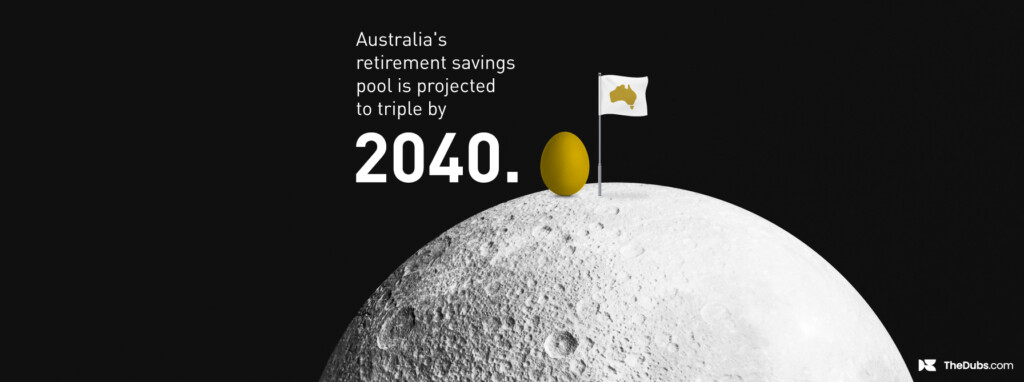To date, a large majority of the financial sector has been bound by national borders, only operating within their country of origin. With the rise in digital financial services, such as PayPal, a slow transition is starting to be made. Today, Visa has been working on an international payments system or Universal Payment Channel (UPC) that enables interoperability between currencies and digital coins.This means a consumer could send $500 in Australian dollars to a friend in England, and it’s automatically converted to British pounds. Or, a consumer could send a Bitcoin to a friend overseas which is then automatically converted into Ethereum.
With the world more and more interconnected, interoperability is becoming necessary. A finance brand that can make it easier for consumers to send and receive money in different currencies will not only stand out from the crowd but gain a considerable competitive advantage. While Visa hasn’t finalised the technology yet, it does reflect a growing need for finance brands to offer universal accessibility to consumers.
Visa’s new international payments system
Visa’s new UPC is being designed to act like a ‘hub’ that connects central bank digital currency (CBDC) like American dollars, and digital currencies like Ethereum. What Visa proposes is creating block chain hubs that enable digital currencies and CBDC to be converted within seconds, meaning consumers can transfer international payments quickly and easily.
“ As the number of digital currency networks increases the likelihood transactions are occurring on the same network utilising the same type of money decreases. ”
As Catherine Gu, Global CBDC Product Lead at Visa explains, “As the number of digital currency networks increases the likelihood that consumers, businesses, and merchants are transacting on the same network and utilising the same type of money decreases.”
Visa’s UPC is therefore addressing future concerns now, empowering them to reach new market segments and expand their consumer base by not only offering what consumers want but also something no other finance brand does.
What universal accessibility means for finance brands
For financial services, universal accessibility simply reflects the need for interoperability between finance brands and, now, countries. This means your finance brand should be able to perform international payments quickly and easily with other financial organisations.
This demand for interoperability and universal accessibility reflects the growing digitisation of the financial space. With more and more people making payments digitally, consumers are wanting a service that supports this and enables quick transactions. In fact, the number of users who performed online transfers in 2018 reached 5,850 million and researchers believe this number will be more than 13 million by 2023.
In Australia, the launch of Osko in 2018 has shown both consumer demand for interoperable payments and universal accessibility as well as their satisfaction with them. By the end of 2020, Osko had processed around 384 million payments, totalling $344 billion since its launch.
The success of Osko and what Visa hopes to achieve reflects four key areas finance brands need to consider if they want to remain competitive in the future and become interoperable:
- Cost
- Convenience
- Speed
- Security
By focusing on these four key areas, your finance brand can improve its digital money transfers as well as ensure it provides consumers with high-quality services they want. Visa’s UPC indicates a growing need for greater interoperability between financial services in order to remain competitive in the long-term.









